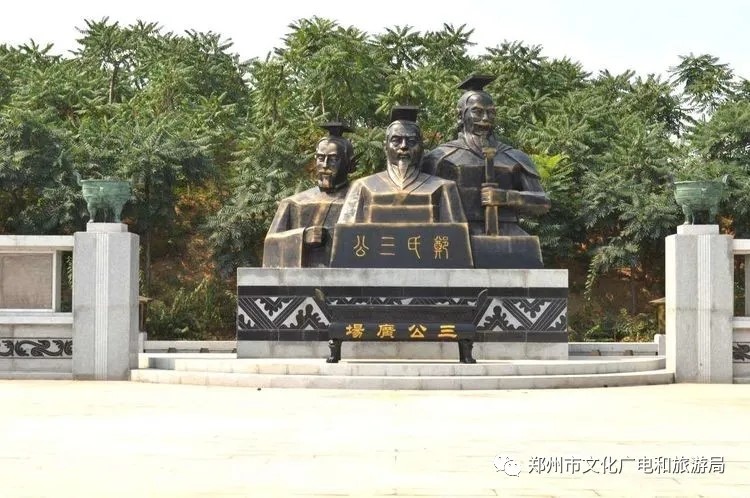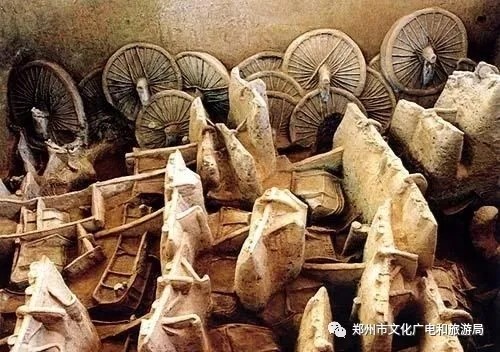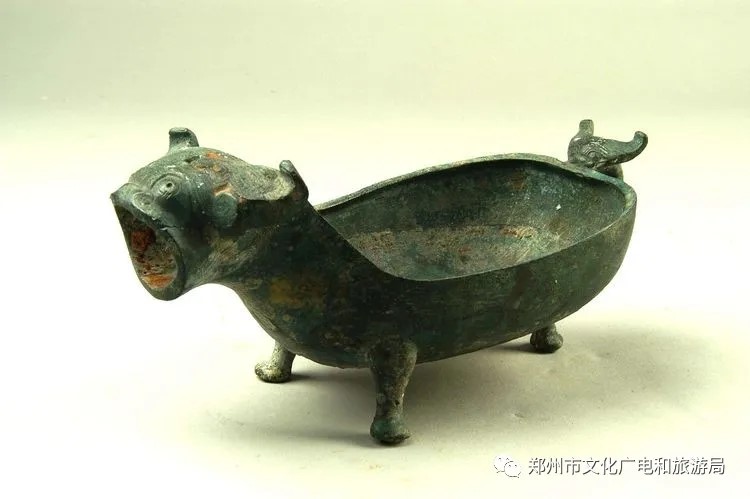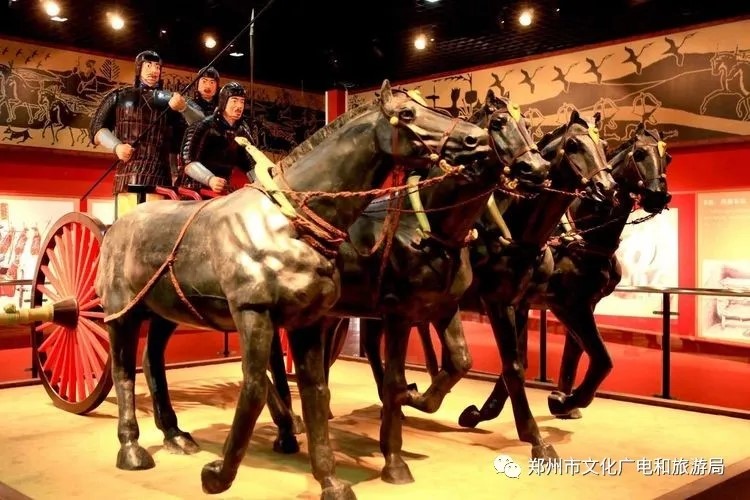Travel | The Museum of Horse and Chariot Pits of the Zheng State looks forward to meeting you when spring comes
"There are such a lot of things in the world to see." You must be eager to travel when you are unable to go out during the special period of epidemic prevention and control. So, let's take an imaginary trip to the Capital of Zheng and Han States in advance.
The Museum of Horse and Chariot Pits of the Zheng State looks forward to meeting you when spring comes!
The scenic area of Horse and Chariot Pits of the Zheng State is located in the southwest corner of the Capital of Zheng and Han States in Xinzheng City, with a total planned area of 270 mu (18 ha). It contains over 3,000 tombs of the Spring and Autumn Period and 18 large and medium-sized horse and chariot pits, including nearly 180 large tombs with a length exceeding 6 meters and 4 super-large tombs with both length and width exceeding 20 meters. It is a miracle of the Spring and Autumn culture in terms of the number and scale of aristocratic tombs and horse and chariot pits.

The Capital of Zheng and Han States is located at the intersection of Shuangji River and Huangshui River. With an irregular plane, it is commonly known as the "45-li Ox Horn City". The perimeter of the city wall is 20 kilometers, and the area of the city is about 16 square kilometers. The city wall, made of layers of rammed loess, still stands tall and firm like a rock after more than 2,000 years of weathering. In 1961, the Capital of Zheng and Han States was announced by the State Council as a "major historical and cultural site protected at the national level". In 2001, it was rated as one of the "100 top archaeological discoveries of the 20th century". In 2017, it was inscribed by the National Cultural Heritage Administration into "the third batch of national heritage parks".
During this special period of fighting against the outbreak of COVID-19, we who engage in cultural tourism will unite as one and stand firm like the ancient capital to claim victory over the battle.

Tomb of Prince Zheng: It is China's first discovered five-layered coffin tomb with double passages in the Spring and Autumn Period. Looking like the Chinese character Zhong (中) from the plane, it is called the Zhong-shaped large tomb, with a total length of 45 meters. What is the most striking is the great many practical burial vehicles on the northern and southern passages. The magnificence of the tomb fully demonstrates the dignity of its owner and provides us precious information about the burial vehicles, systems and customs at that time.
During this special period of fighting against COVID-19, we shall ensure good ventilation to reduce diseases. We will surely win this battle!

Nine Dings and Eight Guis: The nine dings (cooking vessels) share the same shape and decoration, with the size decreasing in sequence and decorated with magnificent coiled chi-dragon patterns. The guis (food containers) have the same outlook. During the Shang and Zhou dynasties, bronze ware was a symbol of aristocratic families. It was widely used in sacrifices, wars, banquets and other major activities as an important embodiment of the ritual system in the Zhou dynasty.

During the special period, you are kindly reminded to eat separately in a civilized manner.
Bronze Chimes: This set of chimes consists of two rows of Niu bells and a row of Bo bells, 24 bells in total. During the Shang and Zhou dynasties, the nobles used music to accompany their movements and set off the atmosphere when offering sacrifices and having banquets. The idiom "meals are served with many cooking tripods of food and to the accompaniment of music" is a true portrayal of the luxurious life of the nobles. The songs of Zheng contribute to a large part of the Book of Songs, the first collection of ancient Chinese poems. They spread widely in vassal states together with the music of Wei, called the Music of Zheng and Wei. These beautiful songs are heard even today.

Listen to the sound of chimes from the Zheng State. It is reminding us to be wary of the epidemic and inviting you to enjoy the charm of Zheng when spring comes.
Bronze Pan and Yi: It is a set of washing utensils. According to the Book of Rites, there was the hand washing etiquette for ancient nobles before having a banquet. When a nobleman washed his hands, he was served by three people: one to hold the pan, one to pour water, and one to hand him a towel after washing. It can be seen from the use of the bronze pan and yi that the ruling class and nobles at that time had a high quality of life.

At this very moment of fighting against the outbreak of COVID-19, you are kindly reminded to wash hands frequently, ensure good ventilation and hygiene, and take good care of yourselves.
No. 3 Horse and Chariot Pit: It is the first public archaeological excavation in Henan and is the burial pit of a zhong-shaped large tomb. A total of 4 chariots and 122 horses were found from the pit. One of the carriages has a large shape and luxurious decoration, setting a new record for the chariots and horses unearthed in the Capital of Zheng and Han States. With a large and comfortable space for people to stand or sit in it, luxurious decoration, and a top that protects the carriage from rain and sun, it is well-deserved to be the first choice for the monarch of Zheng to go out. In 2017, No. 3 Horse and Chariot Pit won the title of "Top 10 New Archaeological Discoveries in China".

After we win against COVID-19, when we can take off our masks, we will be able to appreciate the 2,400-year-old "luxurious chariots and horses" up close.
So far, I believe that you already have a general understanding of the Museum of Horse and Chariot Pits of the Zheng State. However, you'd better travel ten thousand miles than reading ten thousand books. After the epidemic, you are welcomed to come here and experience the unique cultural charm of Zheng and Han in person.